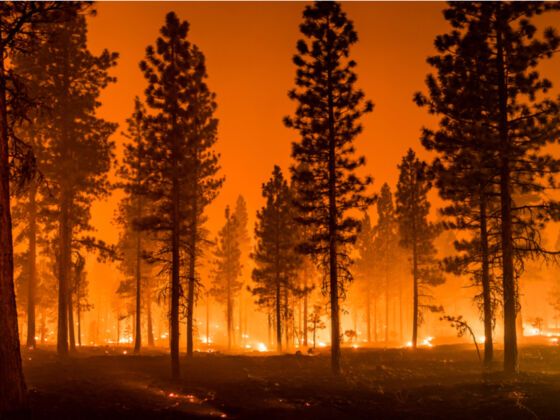A JOB AS A wildland firefighter with the US Forest Service sounds like the perfect fit, but how do you get into this elite corps? It may not be as hard, or as easy as you think.
Four-year veteran and “Hotshot” Dan Pool says the most difficult part of becoming a wildland firefighter is the application process. For most, this means logging on to the Forest Service’s AVUE Digital Services (ADS) website to create a personnel profile.
